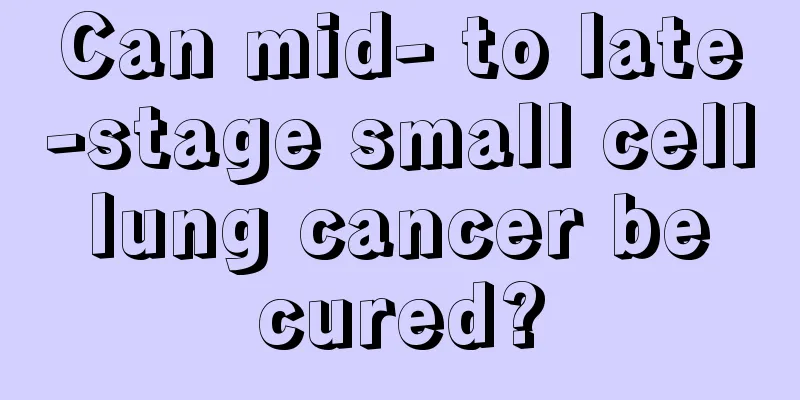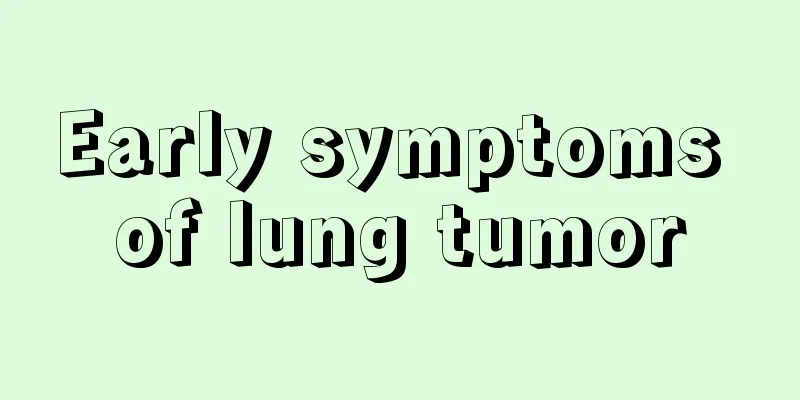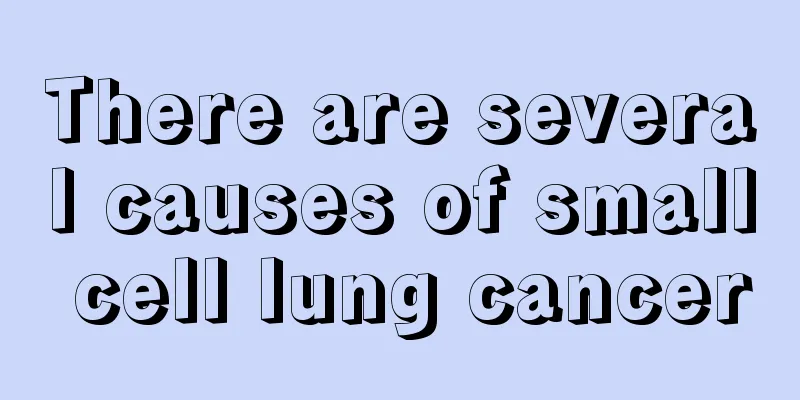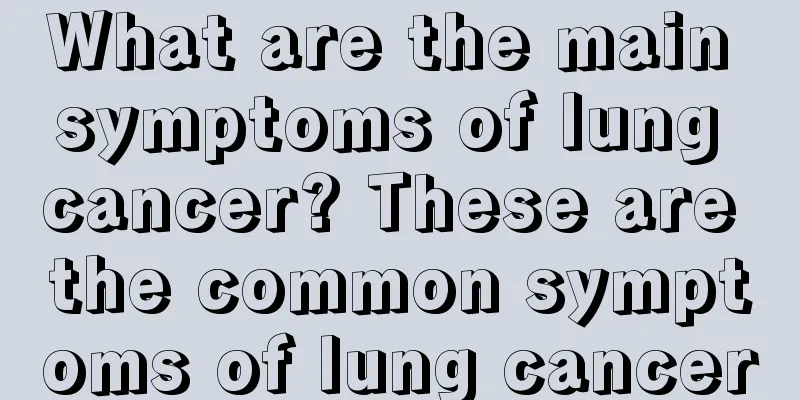What harmful substances are contained in smoke?

|
In daily life, people can be seen smoking everywhere, but everyone knows that smoking is harmful to health. People who smoke frequently are especially reminded that smoking is strictly prohibited in many public places. Therefore, you must learn to restrain your behavior and not violate relevant regulations. In addition, for your own health, the best way is to find a way to quit smoking, because cigarettes contain the following many harmful substances. What harmful substances are contained in smoke? The smoke produced when cigarettes burn contains at least 2,000 harmful components, including polycyclic aromatic hydrocarbons such as benzopyrene, benzanthracene, nitrosamines, polonium 210, cadmium, arsenic, β-naphthylamine, etc., which are carcinogenic. The carcinogens in cigarette smoke include cyanide, o-cresol, phenol, etc. When smoking, most of the cigarette smoke is inhaled into the lungs, and a small part enters the digestive tract along with the saliva. Some of the harmful substances in the smoke remain in the lungs, and some enter the blood circulation and flow throughout the body. Under the synergistic action of carcinogens and cancer promoters, normal cells are damaged and cancer can be formed. The harmful components in cigarette smoke include carbon monoxide, nicotine and other biobases, amines, nitriles, alcohols, phenols, alkanes, alkenes, carbonyl compounds, nitrogen oxides, polycyclic aromatic hydrocarbons, heterocyclic compounds, heavy metal elements, organic pesticides They have a variety of biological effects, including: 1. Produce inflammatory stimulation to the respiratory mucosa: such as aldehydes, nitrogen oxides, and olefins. 2. Toxic effects on cells: such as nitriles, amines, and heavy metal elements. 3. Addictive effects: such as nicotine and other bioalkalis. 4. Carcinogenic to human body: such as polycyclic aromatic hydrocarbons such as benzopyrene, cadmium, dimethylnitrosamine, β-naphthylamine, etc. 5. Has a carcinogenic effect on the human body: such as phenolic compounds. 6. Causes red blood cells to lose their oxygen-carrying capacity: such as carbon monoxide. The content of harmful substances in tobacco is usually evaluated by "tar and carbon monoxide", which requires The tar produced by each cigarette is less than 15 mg, while the cigarettes on the market are measured to contain several times more tar. Assuming that a smoker smokes 20 cigarettes a day, and a quarter of the tar is inhaled into the body, the amount of tar inhaled by the smoker every day is about 120 to 200 mg. The combined effects of harmful substances in tobacco tar are a major threat to human cancer. The various carcinogens that make up tobacco tar can cause cancer when the amount inhaled reaches a certain level. Cancer initiators, carcinogens and synergistic carcinogens can accelerate carcinogenesis. |
<<: How to do hair spa without any harm
>>: Diseases that you should be alert to when your hands feel numb
Recommend
5 ways to test whether your body is healthy
Is there something wrong with your health? Try th...
What to do with acute gastric dilatation
Patients with acute gastric dilatation must never...
Will bone cancer be passed on to children
Will bone cancer be passed on to children? Accord...
What are the causes of bright red blood in stool
Bleeding in the stool is a relatively serious dis...
What is sodium benzoate
When it comes to sodium benzoate, many people are...
What's the matter with occasional dry cough
Disease is a very common situation in people'...
How to remove motor oil stains from clothes
If we can wear clean clothes every day, we can no...
What is the reason for a burning sensation at the urethra?
Due to its location, the urethra is prone to accu...
Pathological hyperglycemia
Hyperglycemia can be divided into two types: phys...
CT can detect nasopharyngeal cancer. What should we pay attention to in our daily diet?
As a common disease in life, nasopharyngeal carci...
What are the symptoms of colorectal cancer
Colorectal cancer is usually asymptomatic in the ...
Can surgery really cure cervical cancer? What are the misunderstandings about the treatment of cervical cancer
Cervical cancer is one of the common malignant tu...
What is the best diet for lung cancer patients? Introduction to dietary principles for lung cancer patients
Lung cancer is one of the common tumor diseases. ...
Dietary taboos for patients with cardia cancer
Cardiac cancer is a disease of the digestive syst...
What are the current treatments for lung cancer
Lung cancer treatment is a multidisciplinary, mul...









